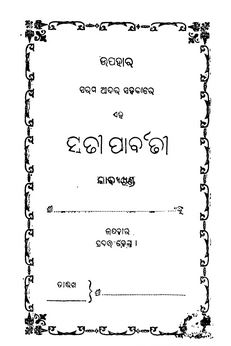“Sati” is Sanskrit for “truthful,” “virtuous,” or “noble.” The name comes from the Sanskrit word “Satya,” which means “truth.”The Hindu goddess of long life and happy marriages, Sati (also known as Dakshayani), is revered as a form of the mother goddess Shakti. The second wife of Shiva, Parvati, was Sati’s reincarnation after she passed away. Sati was his first wife.
The Ramayana and the Mahabharata are where Sati is first mentioned, although the Puranas include more information about her life. According to legends, Sati was Daksha’s favoured child and she married Shiva despite her father’s desires. Sati kills herself in the yajna to oppose Daksha and defend her spouse’s dignity when he humiliates her and her husband. In Hinduism, Sati and Parvati both play the function of luring Shiva out of his ascetic solitude and into a creative engagement with the outside world.
The traditions of Shaivism and Shaktism, two of the most significant Hindu sects, are greatly influenced by Sati’s life. The Shakti Peethas are thought to have been created when pieces of Sati’s mortal bones that Shiva had taken after her death and scattered over the universe fell on fifty-one locations.
Books Info
| Books name | Sati Parbati / ସତୀ ପାର୍ବତୀ |
| Author | Jagannatha Debaburma |
| No Of pages | 5 |
| Publisher | NA |
| Publication | 1942 |
| Printed At | NA |
| Distributor | NA |

